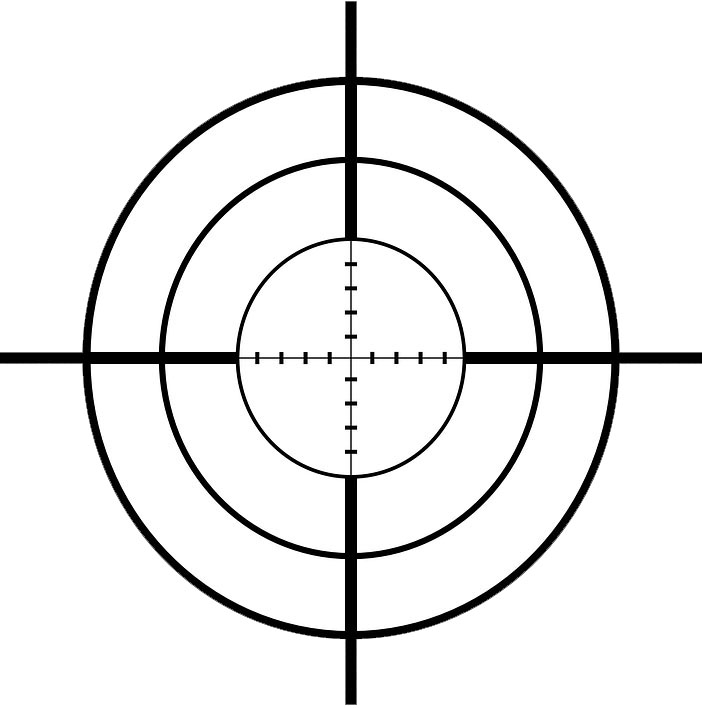Whether you’re a range shooting enthusiast or a seasoned hunter, your weapon needs to be equipped with a reliable and adequate riflescope. This handy piece of equipment will optimize accessibility and help you gain long-range precision, allowing you to reach your targets with accuracy.
Naturally, every shooter has their own specific needs and habits, and it stands to reason that the selection process should be done while following several technical parameters.
To help you make the best purchase for your favorite weapon, we’ve put together a quick guide outlining some important aspects for you to take into account when acquiring the right riflescope.
1. Determine Your Typical Usage
The first and most essential factor to consider when choosing a rifle scope is what you’ll be using it for and in what kind of setting or environment. Thankfully, the firearms industry has got you covered, regardless of your preferred shooting activity.
Many constraints come into play, whether you’re a hunter or a competitive shooter, including weather, temperature, humidity, and lighting. It’s important to select a scope according to your surroundings and natural conditions for optimal effectiveness and satisfaction.
2. Magnification
Magnification is your scope’s ability to make your target appear larger while you’re aiming. Most scopes on the market today offer 3X to more than 20X magnifying power. This means that what you see through the lens will appear 3 to 20 times bigger than with the naked eye. You’ll find two common types of magnification for riflescopes:
- Fixed Magnification: if you use your rifle for one particular activity, especially, in short and medium shooting ranges, then choose this option. It will prevent blurriness and distortion and allow you to lock in your target more easily.
- Variable Magnification: more expensive and often heavier, these scopes are best suited for seasoned shooters looking for versatility. Hunters will greatly benefit from variable magnification when targeting prey at medium or long distances.
3. Lens Diameter
Equally important is selecting the adequate objective lens diameter (at the end of the scope), as this is what determines the amount of light that enters inside the riflescope. In essence, the larger the number (usually 30, 32, 36 and up to 50), the higher the quality of your image feedback, and the better the aiming experience.
If you’re a rifle owner looking to acquire a 6.5 creedmoor scope, the specialists over at HuntingMark have created a thorough review of various scope models suited for those who use this popular type of cartridge. They cover everything from weight to lens diameter. Depending on your budget, you’re bound to find a model with the most appropriate specs for your needs.
4. Eye Relief
When you aim and shoot, your eye needs to be kept at a distance from the scope’s ocular lens to get a clear and full picture; that distance is called eye relief. In order to avoid funny situations and/or serious damages from hitting your eye while pulling the trigger, the eye relief on standard scopes is between 3 and 4 inches, which should provide enough space for the rifle to recoil without hitting you in the face.
5. Understanding Parallax
The parallax effect can be a common nuisance for rifle shooters. Say you’re aiming through the scope lens, with your eyes perfectly centered on your target. Now, if you happen to move your head in any direction, you’ll start to notice the crosshairs in your scope slightly de-centering. This can affect your ability to make an accurate shot, particularly if you hunt on long distances. However, most riflescopes nowadays come with built-in parallax correction.
6. Reticle
Riflescopes comes in a variety of crosshairs (or reticle) configurations. They comprise the horizontal and vertical lines that help you with accuracy while aiming. Standard reticles include the ‘fine’ and ‘duplex’ types, which will suffice for most shooters. If you’re looking for extra precision, you’ll want to look at mil-dots or even SVD-type configurations.
7. Tactical Adjustments
Last but not least, modern rifle scopes offer you the possibility to recalibrate your shot with adjustment knobs. The most common type is Minute of Angle, and it’s important to get familiar with it. Put simply, MOA is a unit of measurement – 1 MOA equals 1 inch when you shoot at a distance of 100 yards. This means that if you miss your shot at 1 inch at 100 yards, it’ll automatically be adjusted for you.
Hopefully, you’ll have acquired a better sense of what to know and what to look for when selecting a rifle scope according to your profile. For more complete information, don’t hesitate to solicit an expert’s advice at your local gun store.






